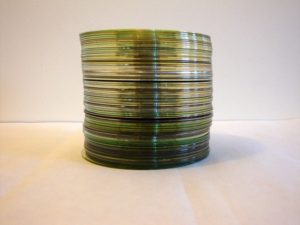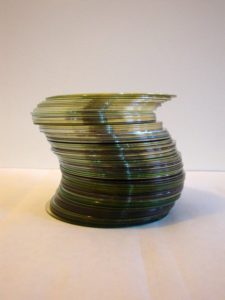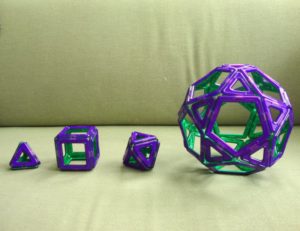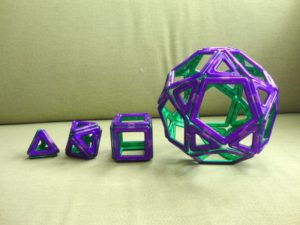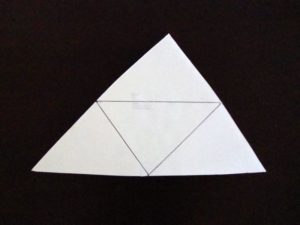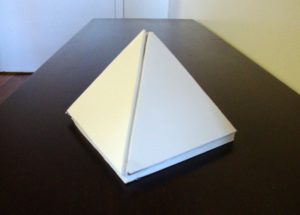This story makes me feel bad for every time I discouraged a student from a math research project because the topic was too well-known.
http://novinite.com/view_news.php?id=122377
A 19-year old Bulgarian student has solved the 2000-year old Problem of Appollonius in a new and unique way. It is the first new solution in 200 years, and only the fifth known solution overall.
The Problem of Appolonius, essentially, is to construct (with straightedge and compass, only) a circle that is tangent to three given objects. Here is an example of an Appolonius Circle (in red) that has been constructed to be tangent to the three given circles (in black).
This story is nice reminder that sometimes the best thing to do as a teacher is get out of the student’s way!

